
Archives of the Future
"Bureau de la Poésie" and "Artpool"
(Andrzej Partum and György Galántai)
Platán Gallery, Polish Institute, Budapest
November 5–7, 2024
Detailed program: here
A three-day interactive presentation on a digital, touch screen "Magic wall", of nearly 100-100 selected works and documents from the "Bureau de la Poésie" (Poetry Bureau), established by Andrzej Partum in 1971, and the Artpool archive, founded by György Galántai and Júlia Klaniczay in 1979, as a result of a year-long Polish-Hungarian comparative research project.
Archives of the Future: Poetry Bureau and Artpool
Artists are like seismographs foreseeing future tectonic movements. In the same decade of the 1970s unusual institutions were established in Budapest and Warsaw: Artpool by György Galántai and Júlia Klaniczay, and Andrzej Partum’s Poetry Bureau. It was clear to everyone that something extraordinary was happening. Even if for this reason alone that disobedience was very unwelcome by the authorities. Offices and archives are the domain of the state.
Over time, the artistic spaces created by Galántai, Klaniczay and Partum transformed into a real Archive and a real Office full of materials and matters to be dealt with, i.e. handling mail, organizing papers, receiving visits.
What were they doing, what was occupying their attention? Let us be aware that the activities involved artists from this and that side of the Iron Curtain, which is why their experiences and everyday lives were extremely different. However, the passage of time has caused the political context to recede somewhat into the background. What came to the fore were ideas that only now, after several decades, have become a natural part of social life.
The “clients” of the Archive and the Office asked a lot of questions. About forms of self-organization, building networks, maintaining international contacts. About the shape of mutual relationships and ways of communicating. The scope of intervention in reality, the willingness and possibilities of introducing changes in society. Some wrote manifestos. Consideration was given to expanding the possibilities of the language used and the meanings of individual words. Attempts were made to create new alphabets. Visual poetry was created. There was a space for ecology. The topics discussed were pioneering, truly revolutionary, unexplored and virtually non-existent in the public debate – at least in the eastern part of Europe – such as identity, feminism or emancipation movements. Things were contested. Ideas were opposed.
Browsing through the materials collected in Budapest and Warsaw is an extraordinary experience. Their epistolographic nature, as one might say (remember that they arrived by mail), dictated the form of the works – they were small, short, full of drawings, comments, short literary forms, and observations.
What were they then? Conversation. What are they today? Letters sent into the future.
Maciej Cholewiński
The research collaboration:
The Museum of Art in Łódź (MSŁ) and the Artpool Art Research Centre, Museum of Fine Arts - Central European Research Institute of Art History, in a one-year collaboration, undertook a parallel comparative study of the Bureau de la Poésie (Poetry Bureau), founded in 1971 by Andrzej Partum, and the Artpool archive, founded in 1979 by György Galántai and Júlia Klaniczay. The comparison is based on the fact that both archives are linked to the mail art and contact art of the 1970s and 1980s. The documents in both archives recall specific experiences of life behind the Iron Curtain and present a number of key alternative genres and phenomena. They contain works by artists such as Ewa Partum, KwieKulik, Józef Robakowski, Leszek Przyjemski, Koji Kamoji, Abdelard Lagtaa, György Galántai, Gábor Attalai, Gábor Tóth, Dóra Maurer, Anna Banana, Klaus Groh, Jiří Valoch and others.
In connection with the research, the staff of the two collections visited each other's archives on a study tour.
In April 2024, staff from Muzeum Stuki visited the Artpool Art Research Centre to study the artworks and documents collected as a result of György Galántai's contact art activities in the 1970s and 1980s.
For more information on the visit and preparations for the autumn exhibition, see also the Polish Institute website

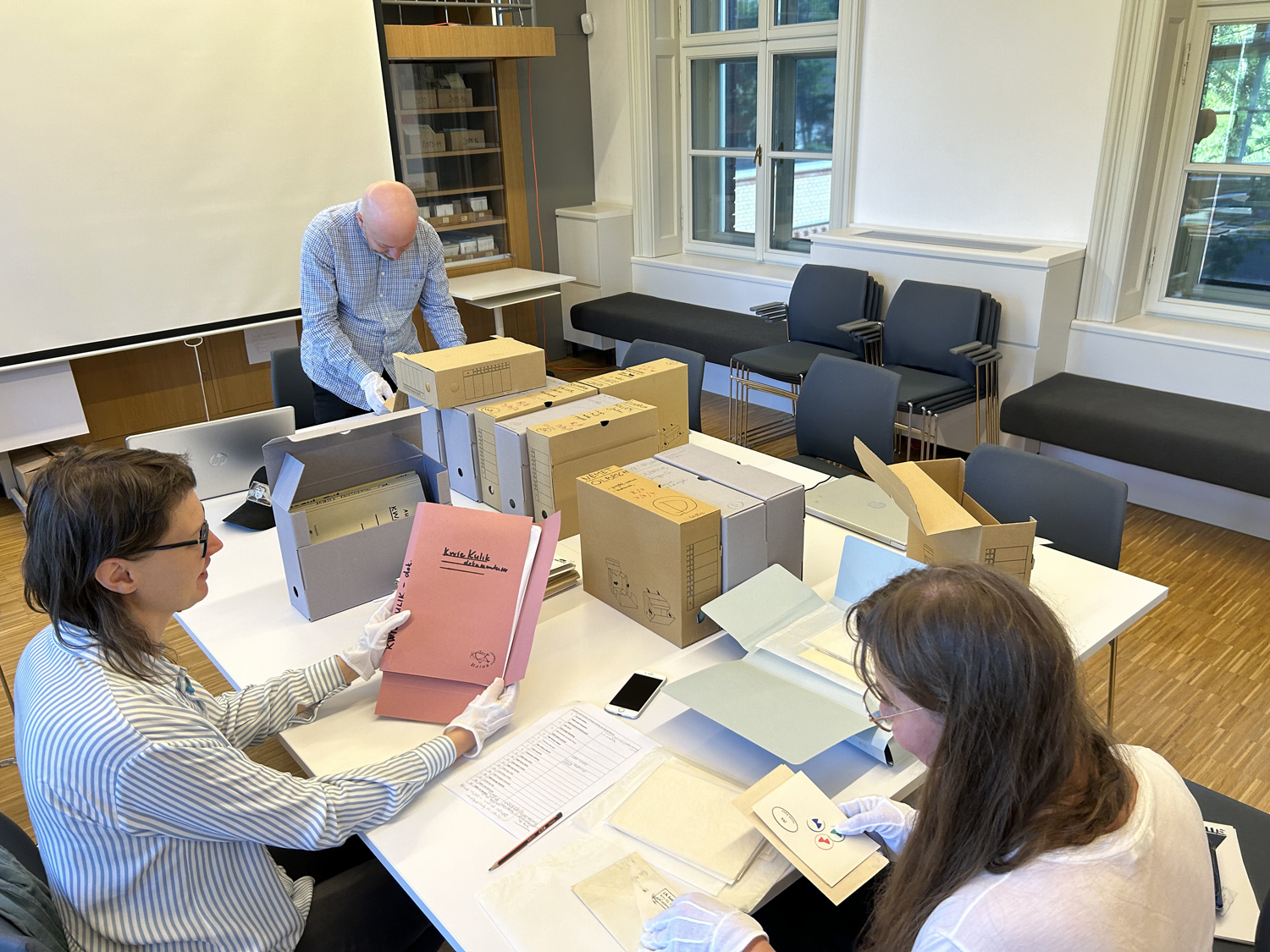
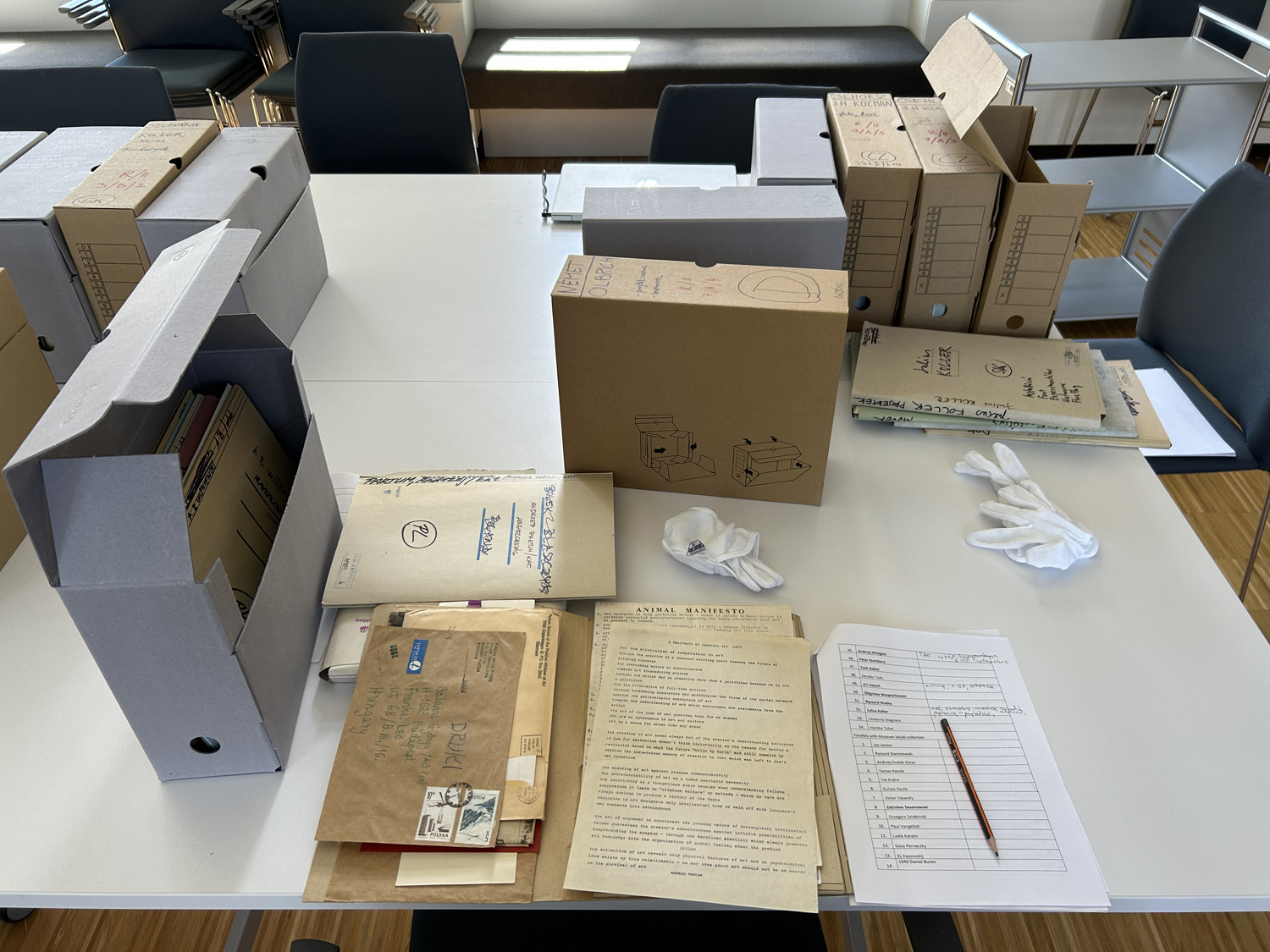
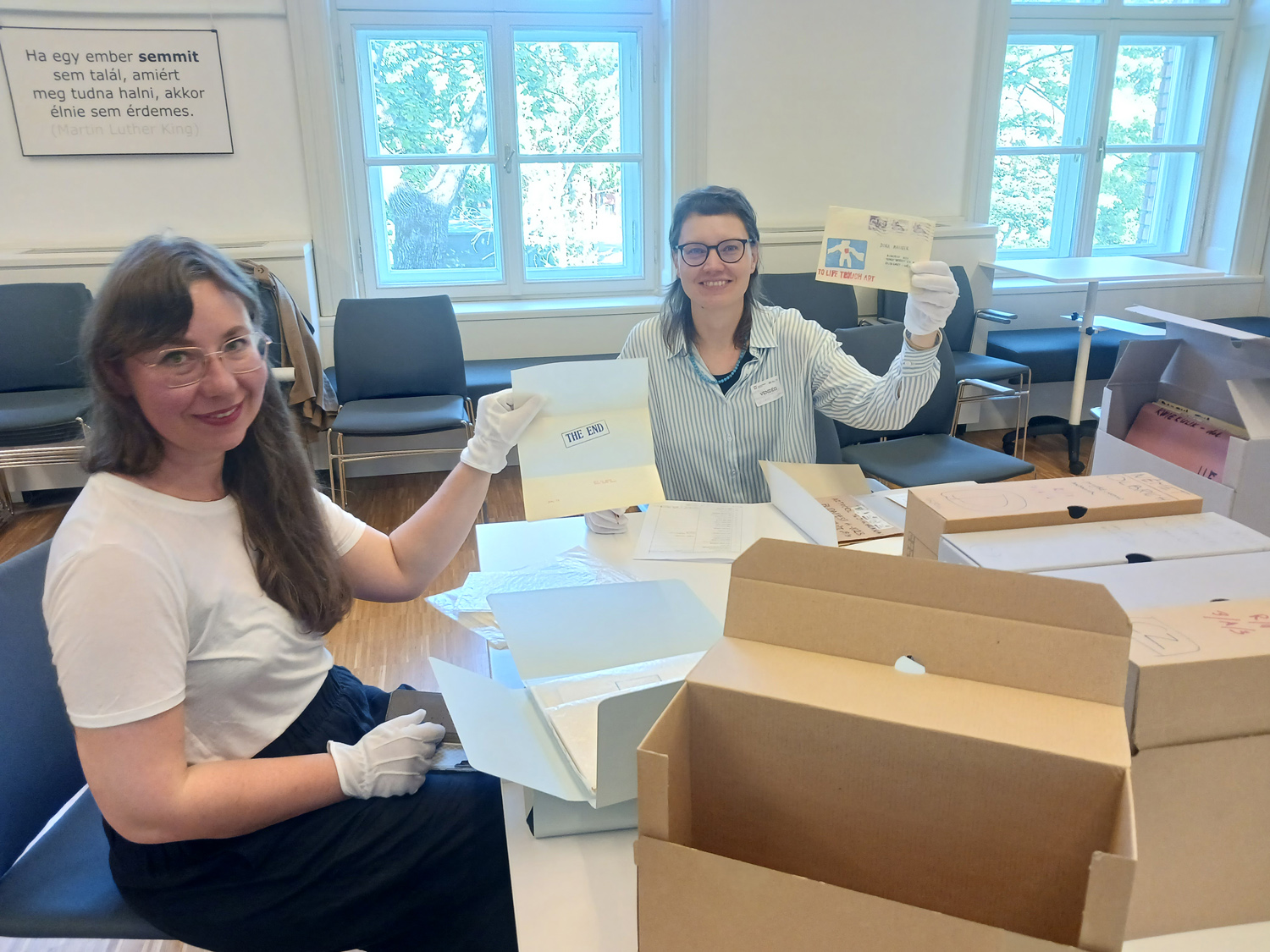
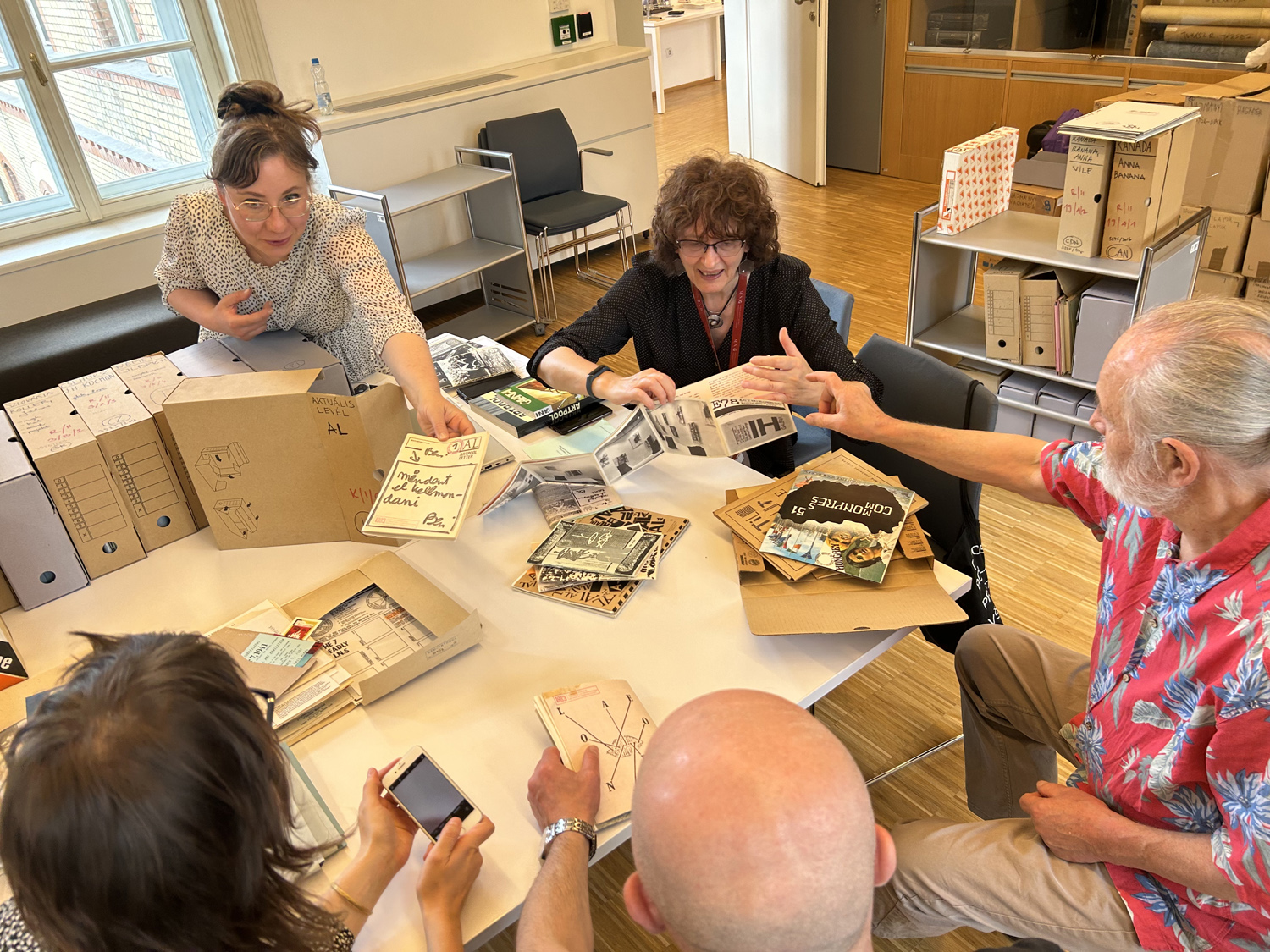
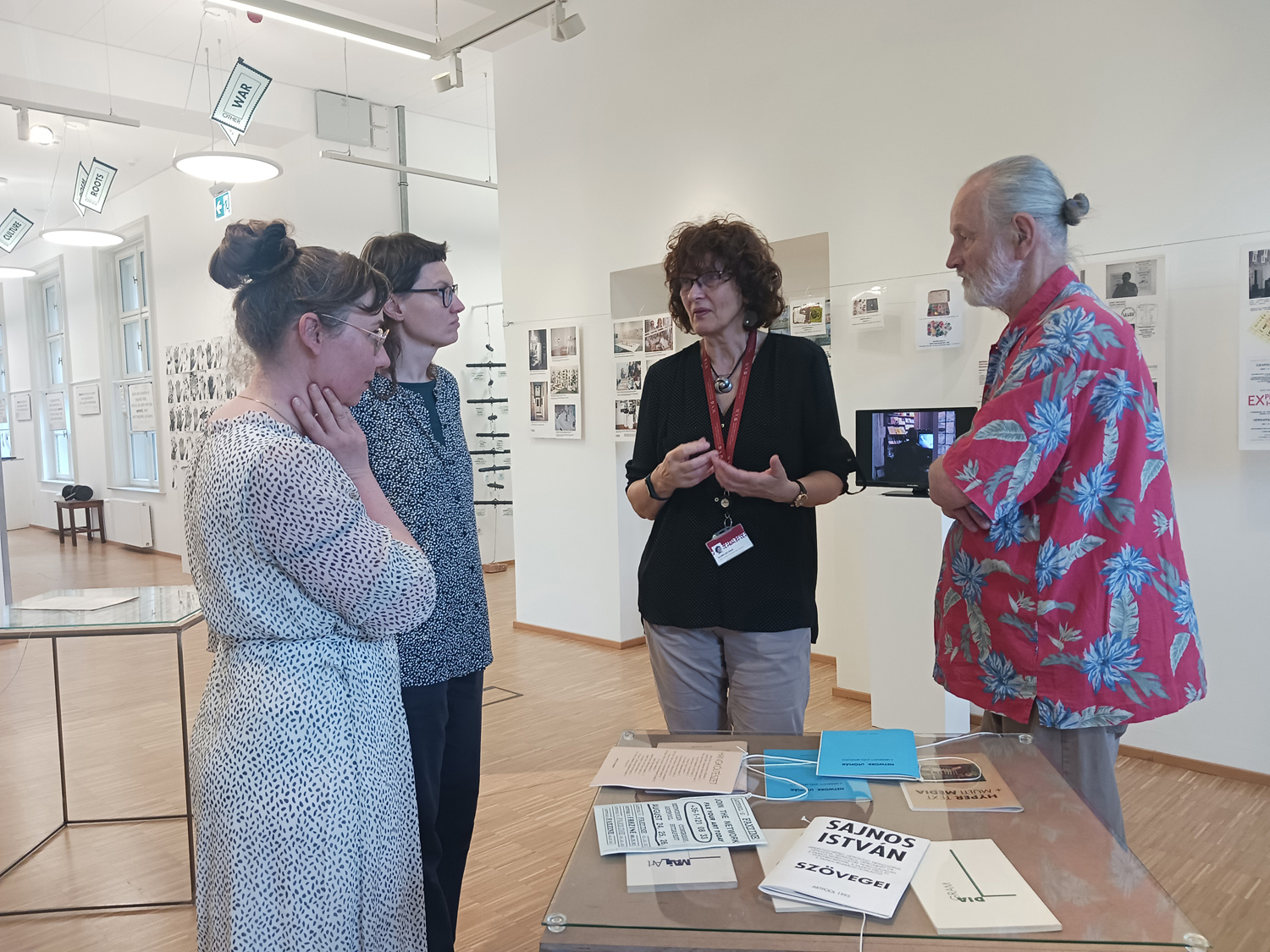
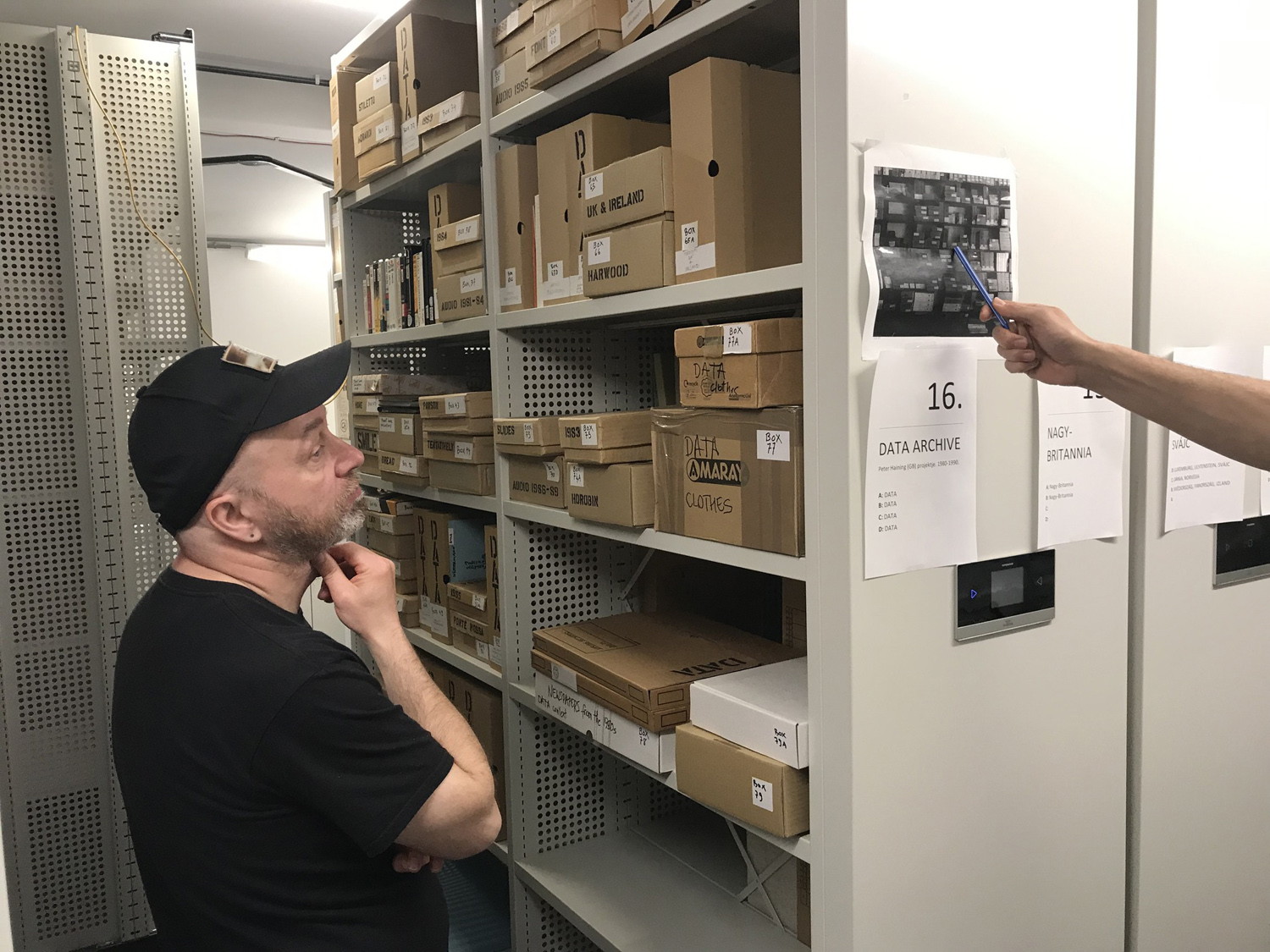
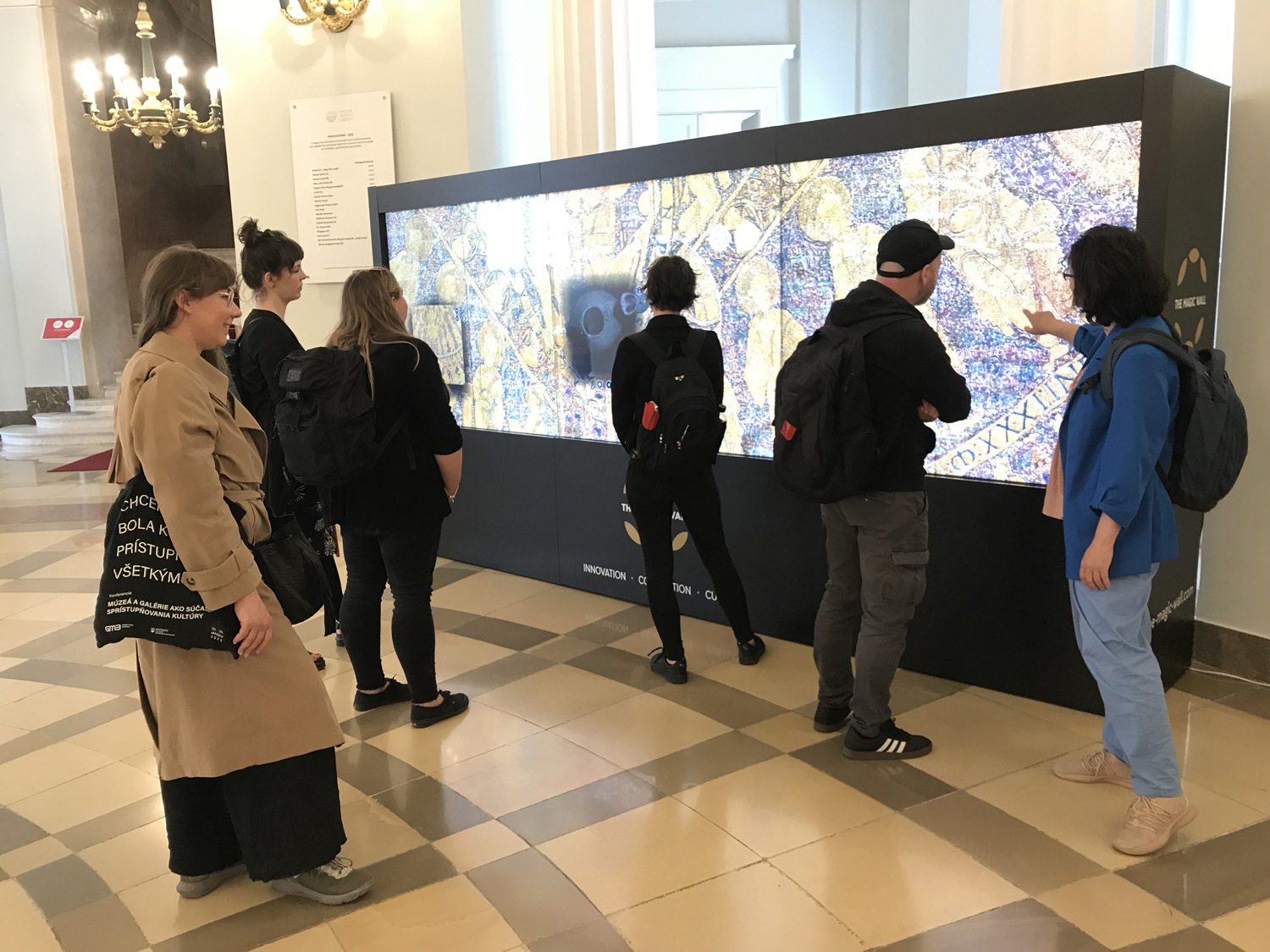
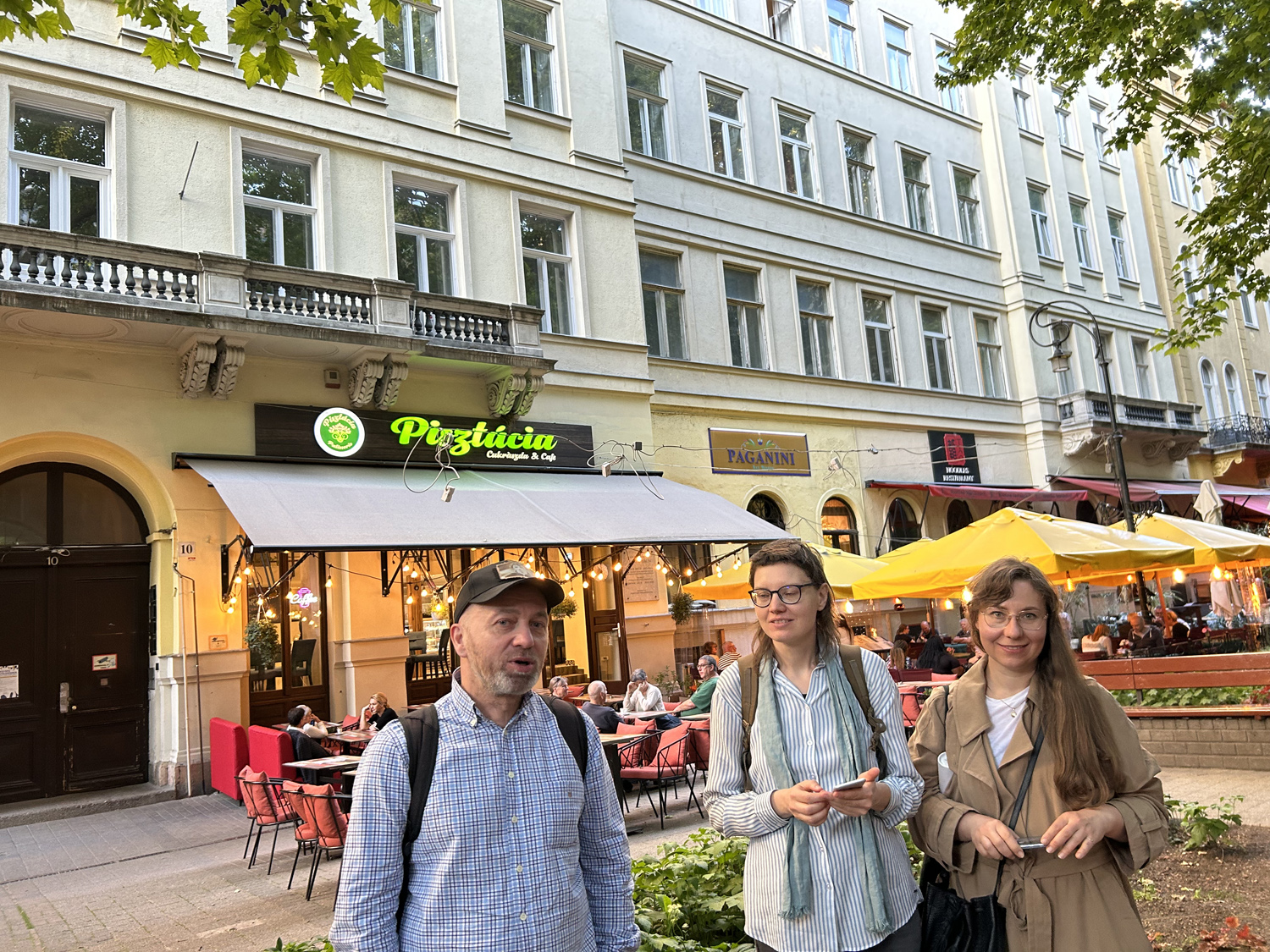
In June 2024, Hungarian colleagues visited the archives of the Museum of Art in Łódź, where Andrzej Partum's material is kept.
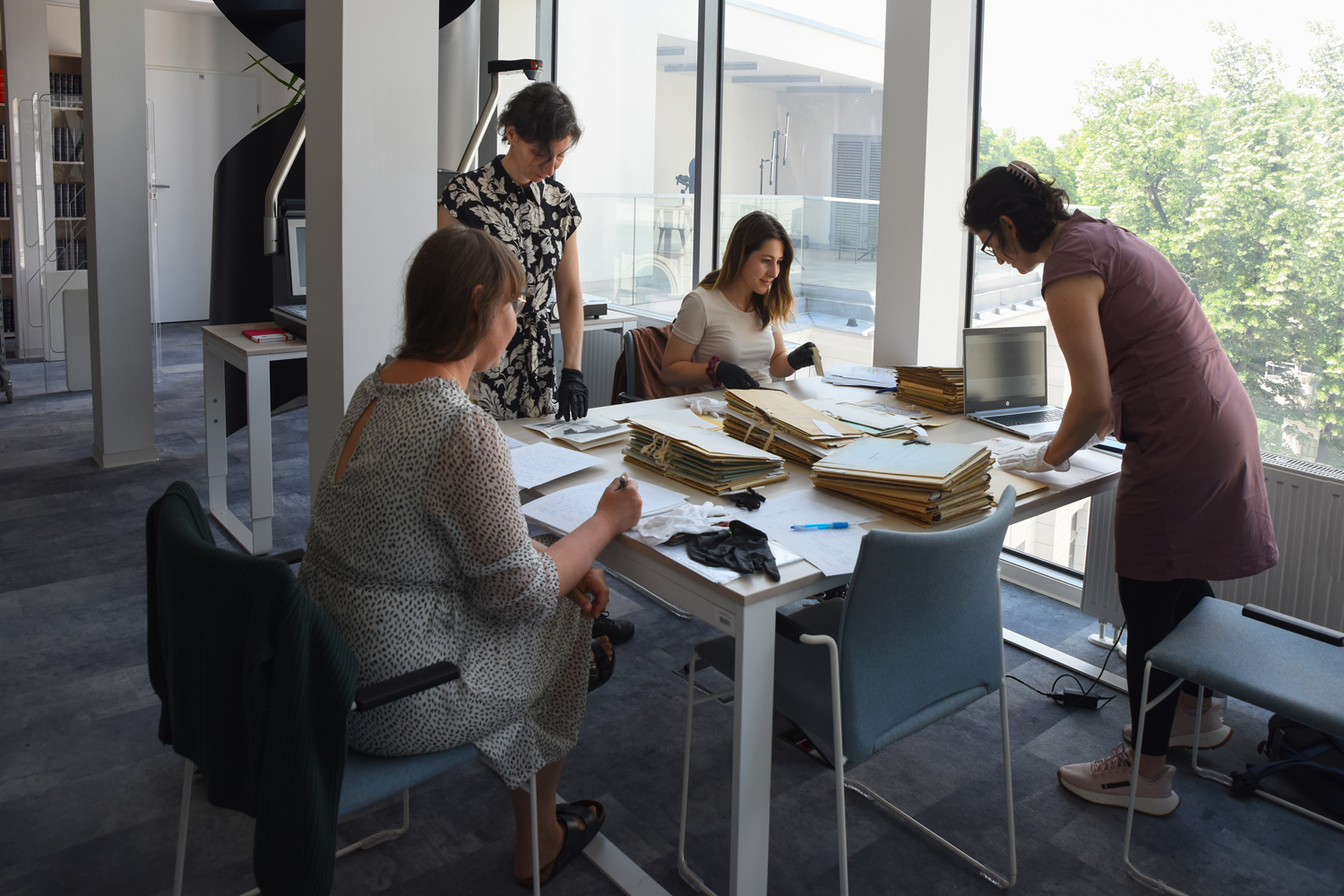
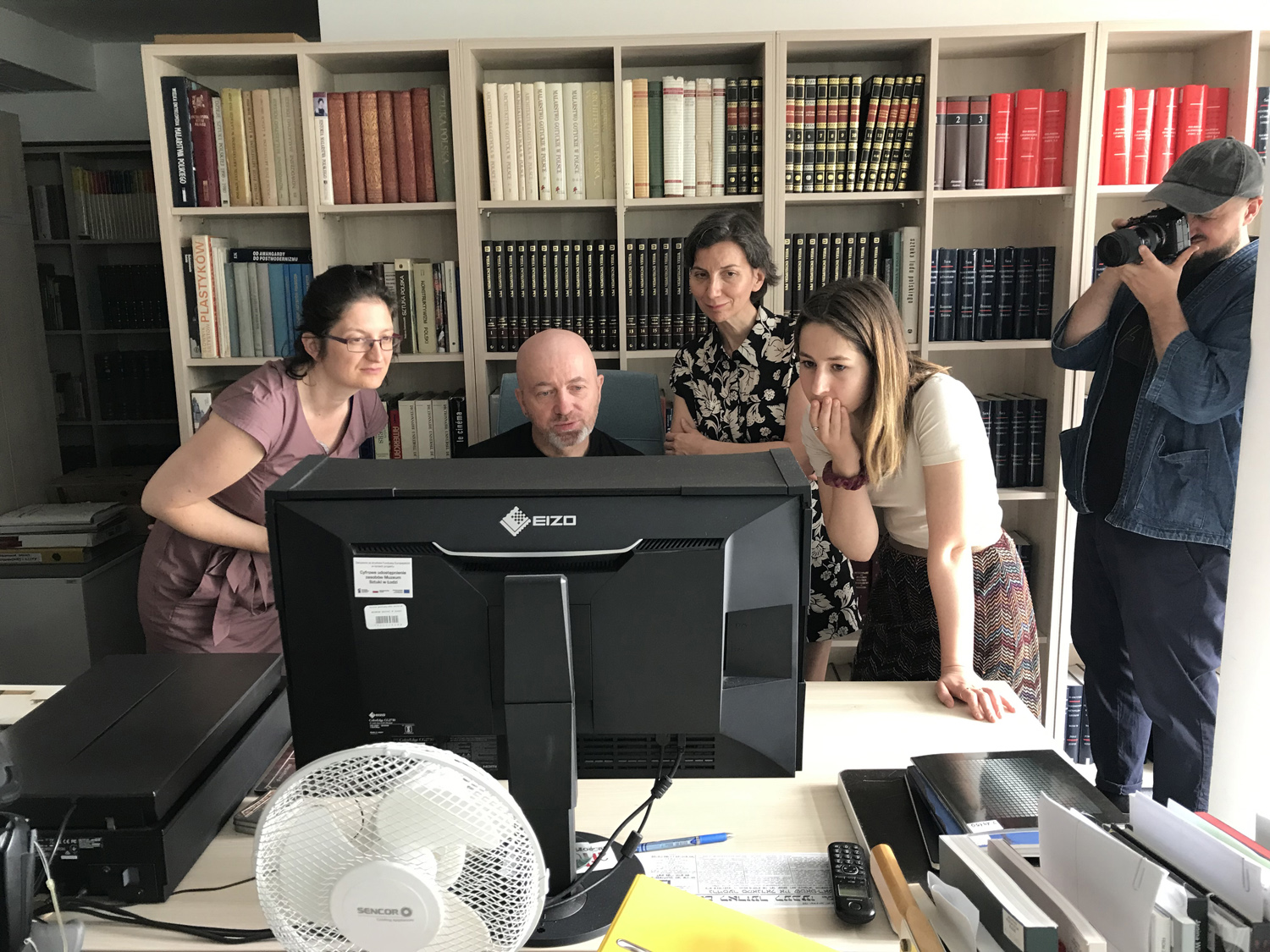
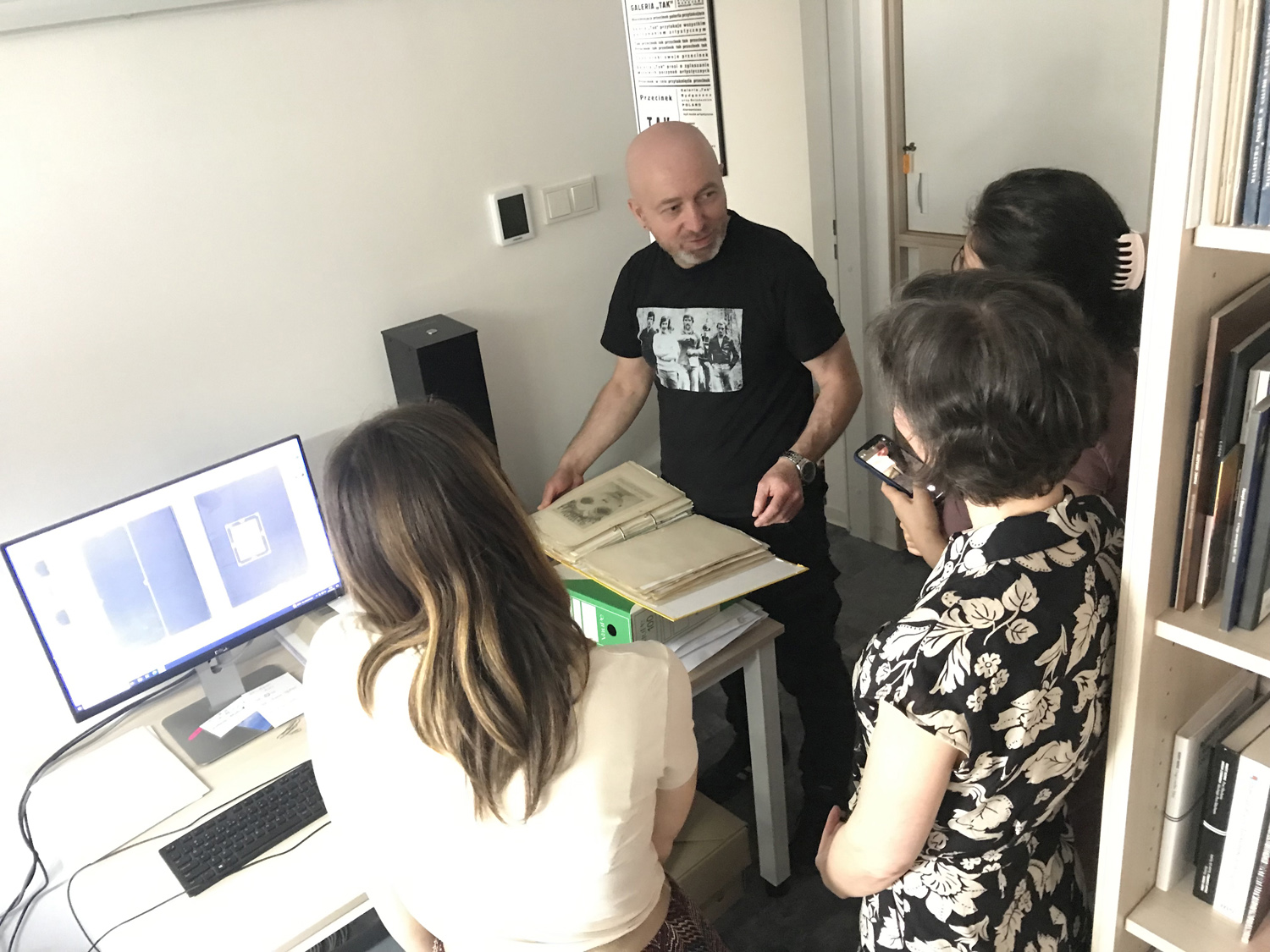

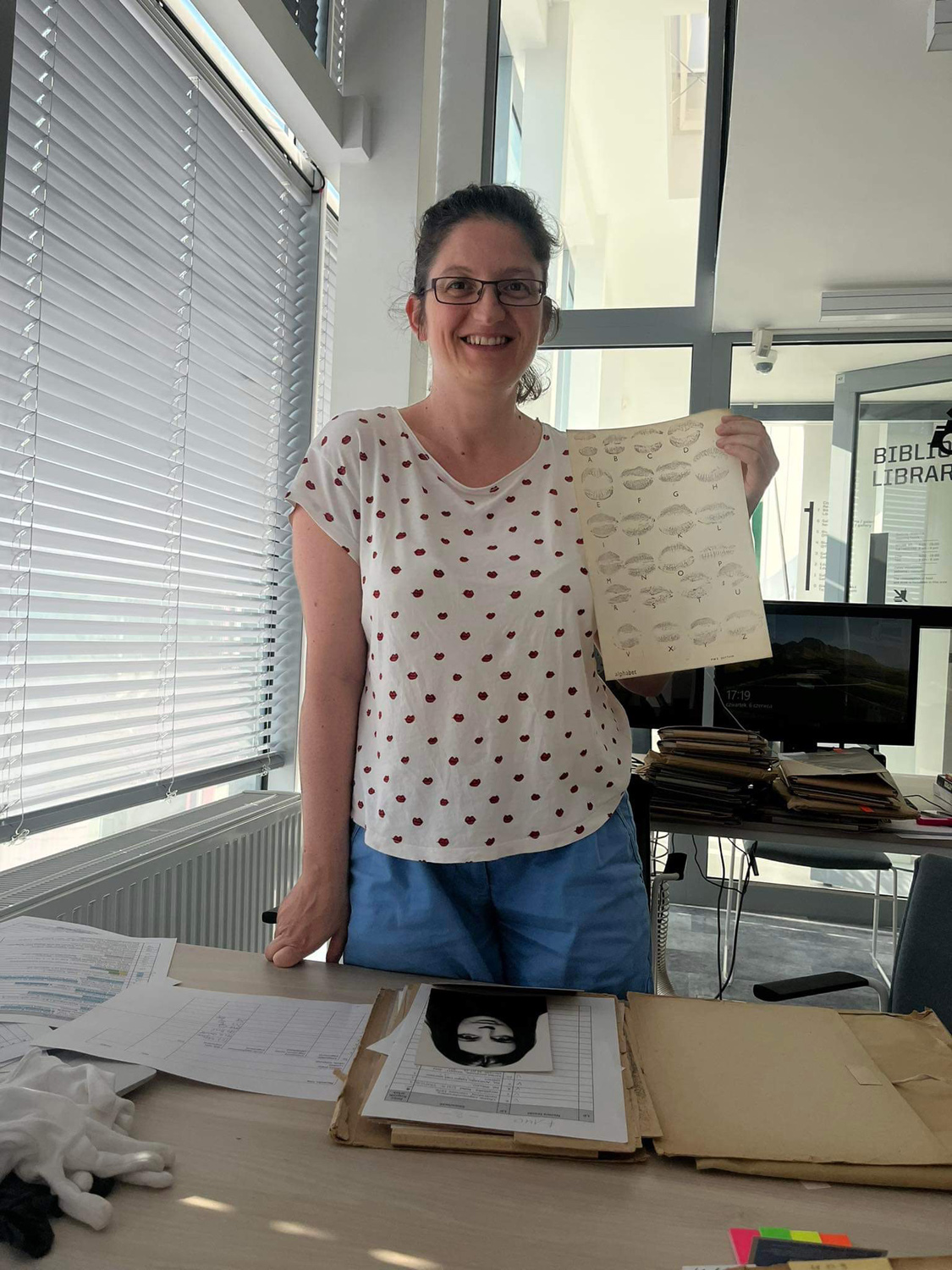
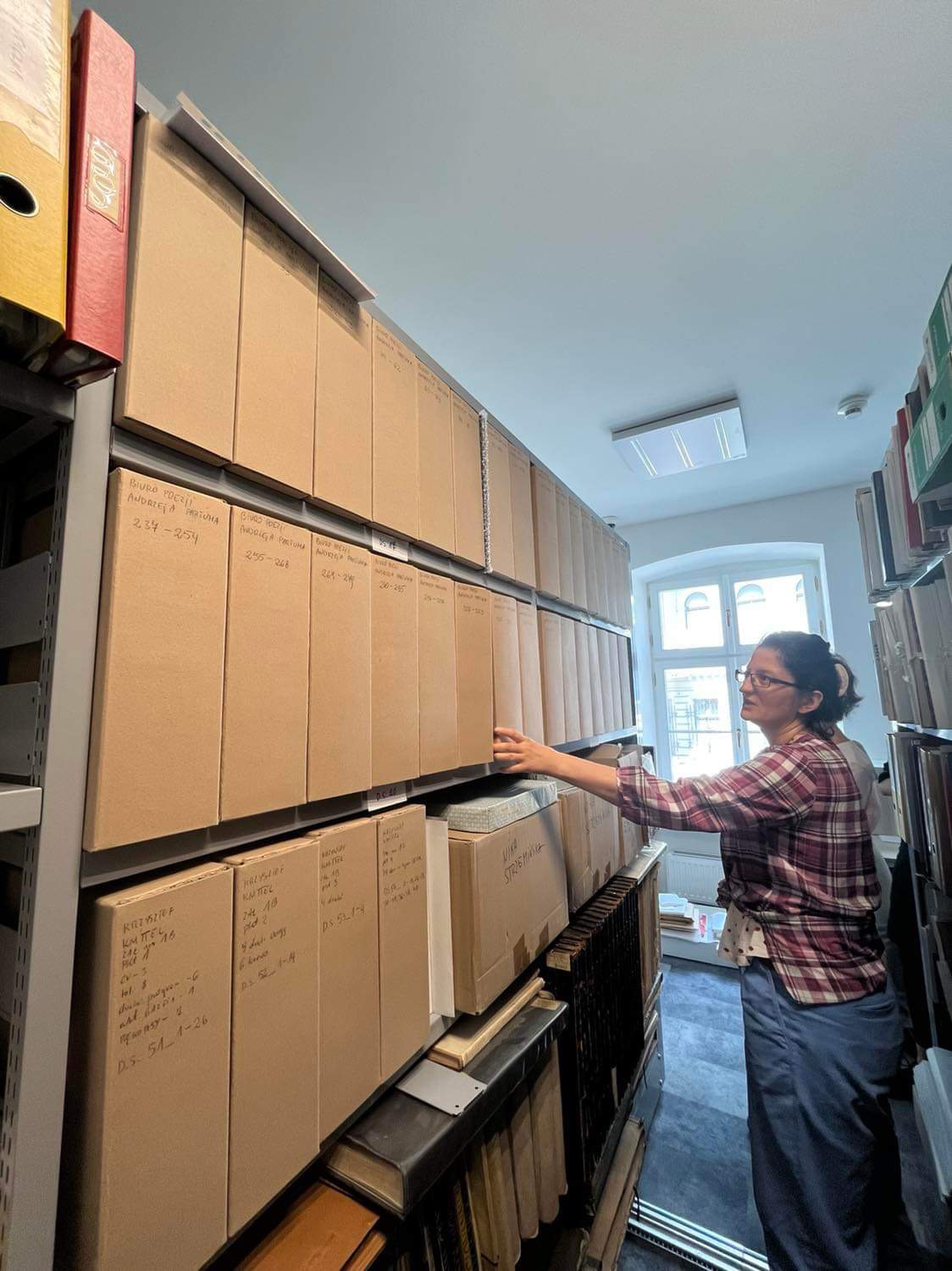
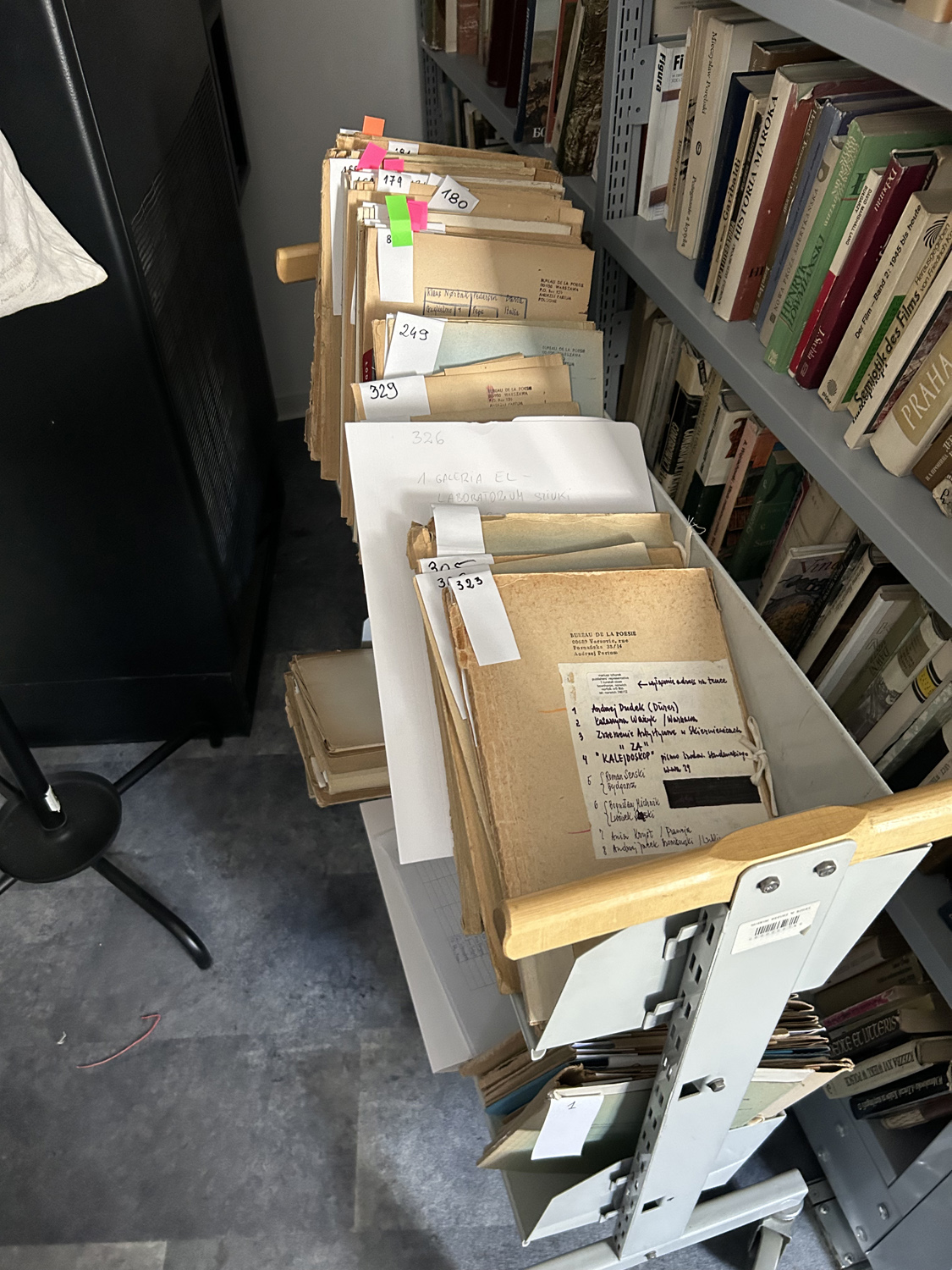

The outcome of the study meetings is a short, three-day autumn exhibition at the Platán Gallery of the Polish Institute in Budapest, where the archives will be presented using large interactive touch screens, so-called "Magic Walls". Digital images of artefacts from the archives of the two institutions, as well as additional material and promotional films produced during the project, will be uploaded to the screens.
The use of modern, digital exhibition technology, based on subject-specific thematics for the two archives, allows a wide range of material to be displayed and material from physically separate and remote locations to be viewed in one space.
The short three-day duration of the exhibition refers to the ephemeral events organised by artists in the 1970s and 1980s.
The installation aims to encourage further independent research and "reuse" of archives, reflecting on György Galántai's concept of the "active archive".
The event will be accompanied by a press conference, a vernissage and presentations on the last day.
In preparation for the Budapest presentation, a selection of the Partum archive's Hungarian material is on display in the Mezzanine Gallery of the Muzeum Sztuki between 3 September and 8 November 2024.
Program of the event:
November 5, 11.00: press conference and 17.30: opening
November 6, open day for visitors
November 7, 17.30: finissage with Maciej Cholewiński in conversation with Júlia Klaniczay, co-founder of Artpool
Venue: Platán Gallery - 1061 Budapest, Andrássy út 32.
Opening hours: monday - friday: 10.00 - 18.00.
Entrance is free.
Watch the promo video of the project here:
https://www.facebook.com/muzeumsztuki/videos/584271547376471
The programme is co-funded by the Polish Ministry of Culture and National Heritage under the Inspiring Culture (Kultura Inspirująca) programme.